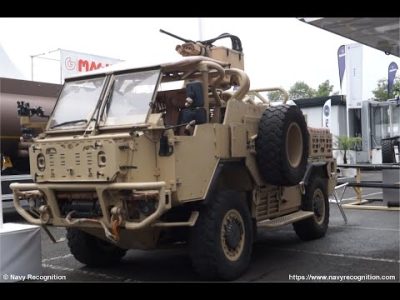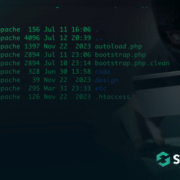Published on 09/29/2020 – Last Updated on 09/29/2020 by OTC
In the 21st century, the operational environment and threats have become multifaceted. Particularly in the maritime operational environment, the force structure needs to be reevaluated to cope with the threats and provide deterrence. The U.S. Navy is one of the most significant components of the U.S. global power. The Pentagon has been working to determine the force structure to keep the strength of the U.S. Navy.
The Pentagon’s forthcoming suggestion for a future Navy is relied upon to require a noteworthy increase in the number of ships, with officials discussing a fleet as large as 530 hulls, according to leaked documents. It looks like the study will recommend a significant increase in the fleet’s size and some exciting changes in its composition. The course may suggest a fleet of between 480 and 530 ships. That’s a dramatic increase from the current target, 355 ships by 2030, which itself was a broad jump from the Obama administration’s mark of 308 warships by this year. Additional details show that the Pentagon may reduce the number of big-deck ships and increase the number of smaller, faster more agile ships intended to operate in tandem with drone boats.
The amount of the increase, interestingly, would come from unmanned vessels. As per the shared comprehension in Washington, the U.S. Navy needs a much more distributed fleet and basing structure to counter China’s navy. In other words, less emphasis on carrier-based operations, more on building a fleet where a single, well-placed Chinese anti-ship missile wouldn’t be devastating. Though this is just the early stages of a long process of transformation in America’s posture in the Western Pacific, it could be a pretty profound one.
China’s movement of fast shipbuilding has frightened the Pentagon, and most importantly, the Chinese Navy has already gone beyond America in terms of sheer numbers and also made progress with a wide sphere of the advanced technical leap. Technological advancement in artificial intelligence, autonomous, and quantum processors seems to change the character of the war.
The Pentagon is planning to have a composite force structure equipped with artificial intelligence autonomous devices and capable of launching multiple fires platforms that can be used together in the same network structure to maintain its superiority in the seas and deter the tiles.
Consequently, the U.S. will recreate the naval forces according to the emerging technologies and in line with the Distributed Maritime Operations strategy.
The post The Future Force Structure of the U.S. Navy appeared first on Naval News.














Comments